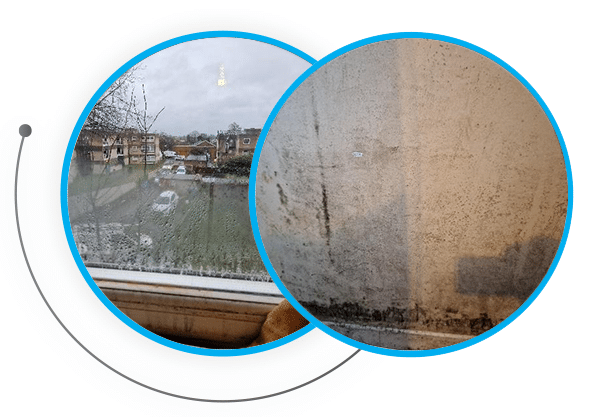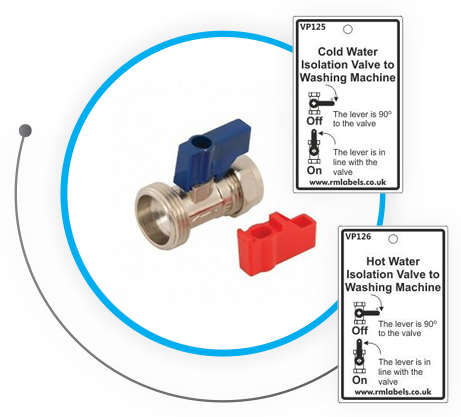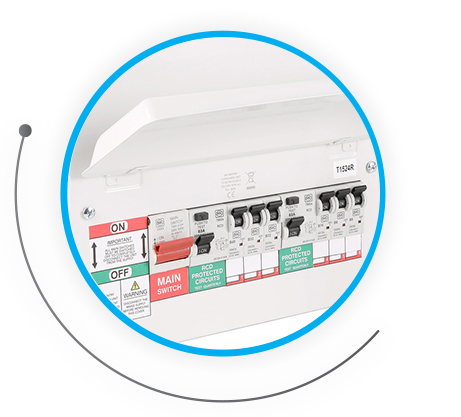Condensation is when moisture or water in the air collects on a cooler surface
– There is always some moisture in the air, and most of the time you cannot see it;
– Condensation is caused by water vapour coming into contact with a colder surface, such as a window or wall;
– Most people have a little bit of condensation, like the droplets you see on your windows;
– Condensation occurs mainly during cold weather, whether it is raining or dry;
– The more moisture you produce in your home, the greater your chances of getting condensation and mould – unless you have adequate ventilation.




